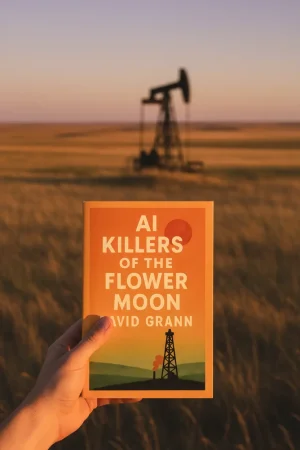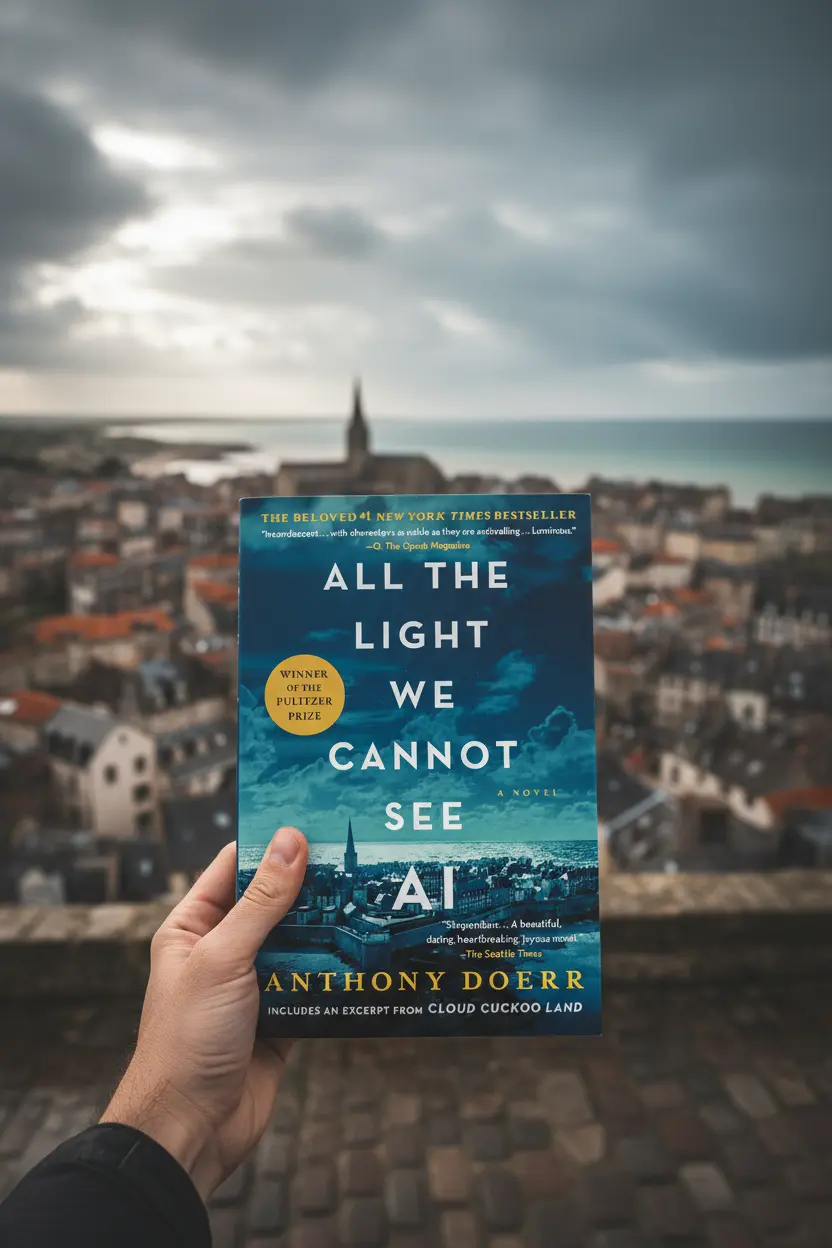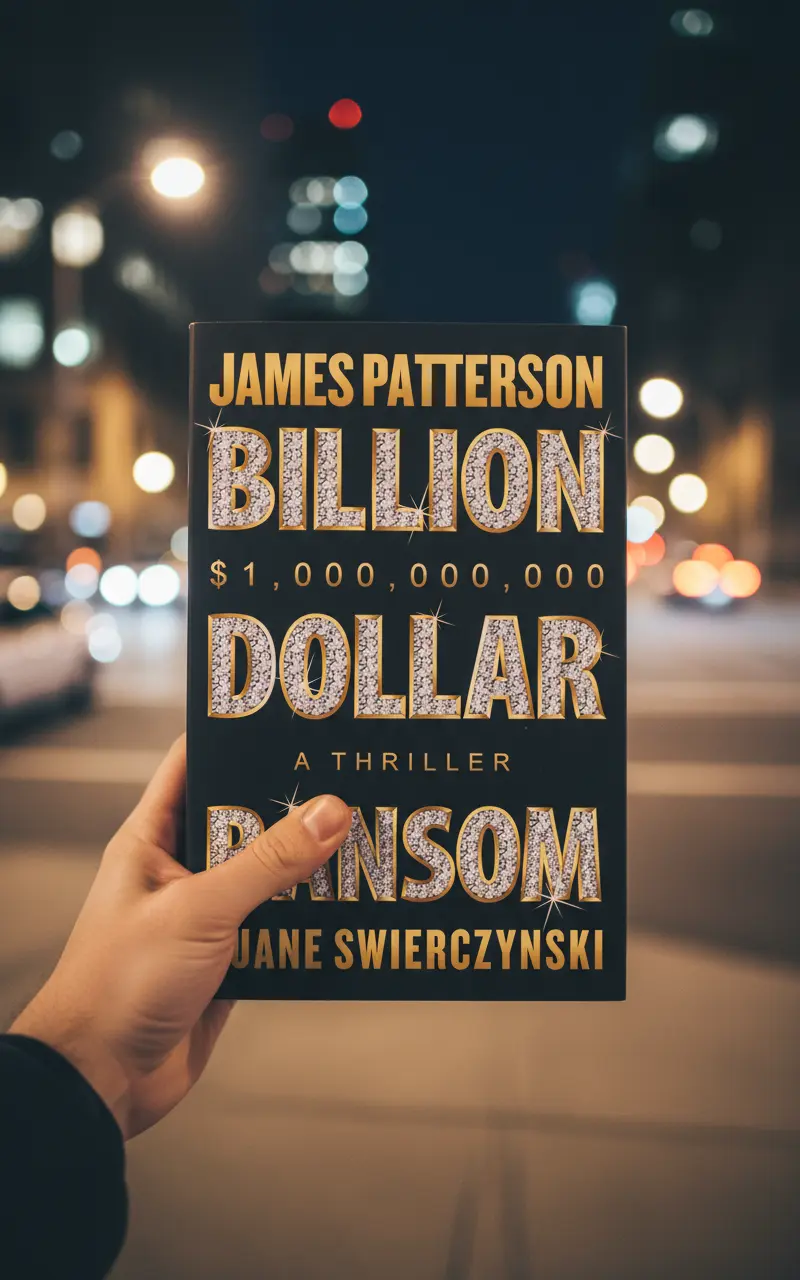Killer Of The Flower Moon Book Review
This Killer Of The Flower Moon Book Review looks at David Grann’s bestselling nonfiction book that exposes one of the darkest chapters in American history. It tells the story of the Osage Nation murders during the 1920s oil boom and how the early FBI, under J. Edgar Hoover, built its reputation through the case. The result is a narrative that blends true crime, investigative journalism, and historical reflection.
The story behind the book
In the 1920s, members of the Osage Nation in Oklahoma became wealthy through oil rights on their land. That wealth drew greed and violence. Grann documents how dozens of Osage were murdered in cold blood through shootings, poisonings, and staged accidents. Families like Mollie Kyle’s were systematically targeted so their oil headrights could be inherited or seized.
The federal government eventually stepped in. Tom White, a former Texas Ranger, led a quiet, disciplined investigation that cut through corruption and exposed the conspiracy. This case, handled under Hoover’s push for professionalism, became one of the FBI’s earliest defining moments.
How Grann tells the story
Grann structures the book in three parts. The first gives a ground-level view of the murders and the terror that gripped Osage families. The second focuses on the federal investigation, with White’s undercover work and slow gathering of evidence. The third is Grann’s own reporting decades later, uncovering how many killings were never solved and how deep the cover-up ran.
The writing is sharp and controlled. Dialogue and details come from court records, letters, and archives. The pacing keeps readers hooked, but the facts are always carefully sourced. This makes the book as trustworthy as it is gripping.
Why it still matters
Killer Of The Flower Moon isn’t just history. It forces readers to confront how racism, greed, and institutional neglect allowed systemic violence to flourish. It shows how wealth was extracted not only through murder but also through guardianship laws and local corruption. At the same time, it highlights how federal power grew by positioning itself as a check against lawless regions.
The themes remain urgent. Questions of resource exploitation, unequal justice, and forgotten victims continue to echo today.
Alongside powerful reads like this, keeping track of titles, notes, and reflections can make the experience more meaningful. That’s why our Book Tracker Template was designed to log every book, record quotes that stand out, and visualize progress in one place. Whether diving into nonfiction history like Killer Of The Flower Moon or exploring lighter fiction, a tracker helps turn reading into a personal archive you can revisit anytime.
Book versus film
Martin Scorsese’s 2023 film adaptation reintroduced the story to a global audience. The movie emphasizes the relationship between Ernest Burkhart and Mollie and builds emotional power through performance and atmosphere. The book, however, reaches wider. It documents more victims, lays out the mechanics of the crimes, and includes Grann’s investigative reporting that stretches into the present. Reading the book gives the full scope the film cannot cover in a few hours.
Verdict
This Killer Of The Flower Moon Book Review finds David Grann’s work to be a masterpiece of narrative nonfiction. It is carefully researched, morally steady, and deeply moving. True crime fans, historians, and anyone interested in the roots of modern federal law enforcement will find it essential. More than that, it restores memory to the Osage victims and shows how history must be told in full.
Killer Of The Flower Moon stands as both a gripping story and a necessary act of remembrance.
Since this is an unbiased Killer Of The Flower Moon Book Review, it is only fair to point readers toward a few other takes. The New York Times offered a sharp review read it here. NPR provided a thoughtful perspective see NPR’s review. The Guardian added an international angle explore that piece. Together these links let readers compare this algorithmic take with a range of human voices.





